How to Design Experiences with Architecture: Warm Welcome
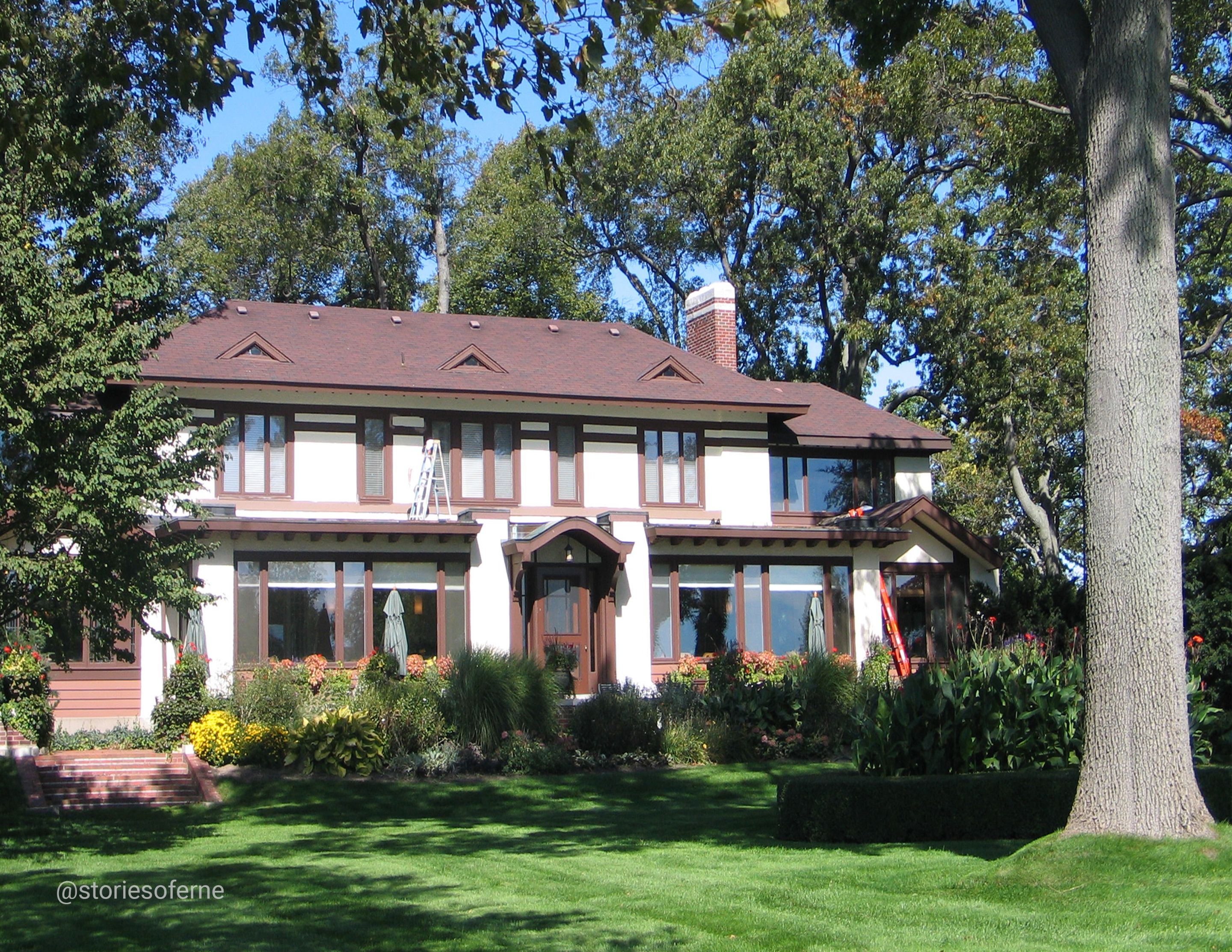
Introduction to this Series of Blog Posts
It's with pleasure that I initiate this special collection of publications for the overall benefit of our Architecture+Design community including our distinguished authors, content creators, and contributors on the Hive social blockchain.
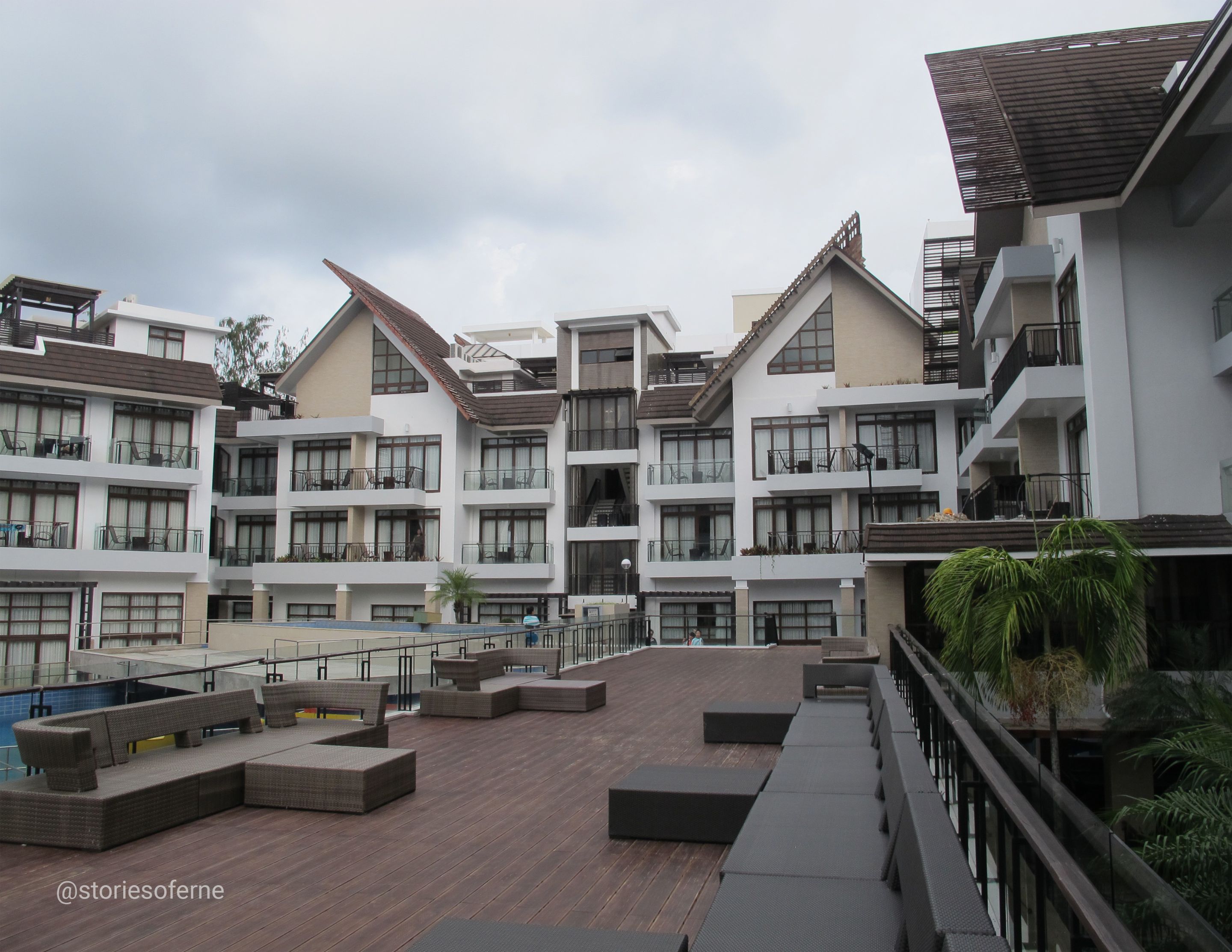
For many years, most of us have been accustomed to perceiving architecture purely as geometric patterns, embracing the notion that various spaces are simply static shapes that appeal to our visual satisfaction. However, are you aware that the built environment not only affects you physically but also psychologically, emotionally, and spiritually? Here's what research says:
“When designing physical spaces, we are also designing, or implicitly specifying distinct experiences, emotions and mental states. In fact, as architects, we are operating in the human brain and nervous system as much as in the world of matter and physical construction. I dare to make this statement as science has established that environments change our brains, and those changes, in turn, alter our behavior.” This is what Juhani Pallasmaa, a renowned architect and one of the most influential thought leaders for this discipline, wrote in his remarkable book "Architecture and Empathy".
What if that's true?

If you've been following me for a while, you'll have noticed my strong advocacy for the human relationships, connections, emotions, and experiences we have with architecture. For additional data, below are the other interesting content I've previously delivered on the Hive platform about the subject.
| Cover | Title |
|---|---|
 | How Architecture Affects The Way We Feel |
| Cover | Title |
|---|---|
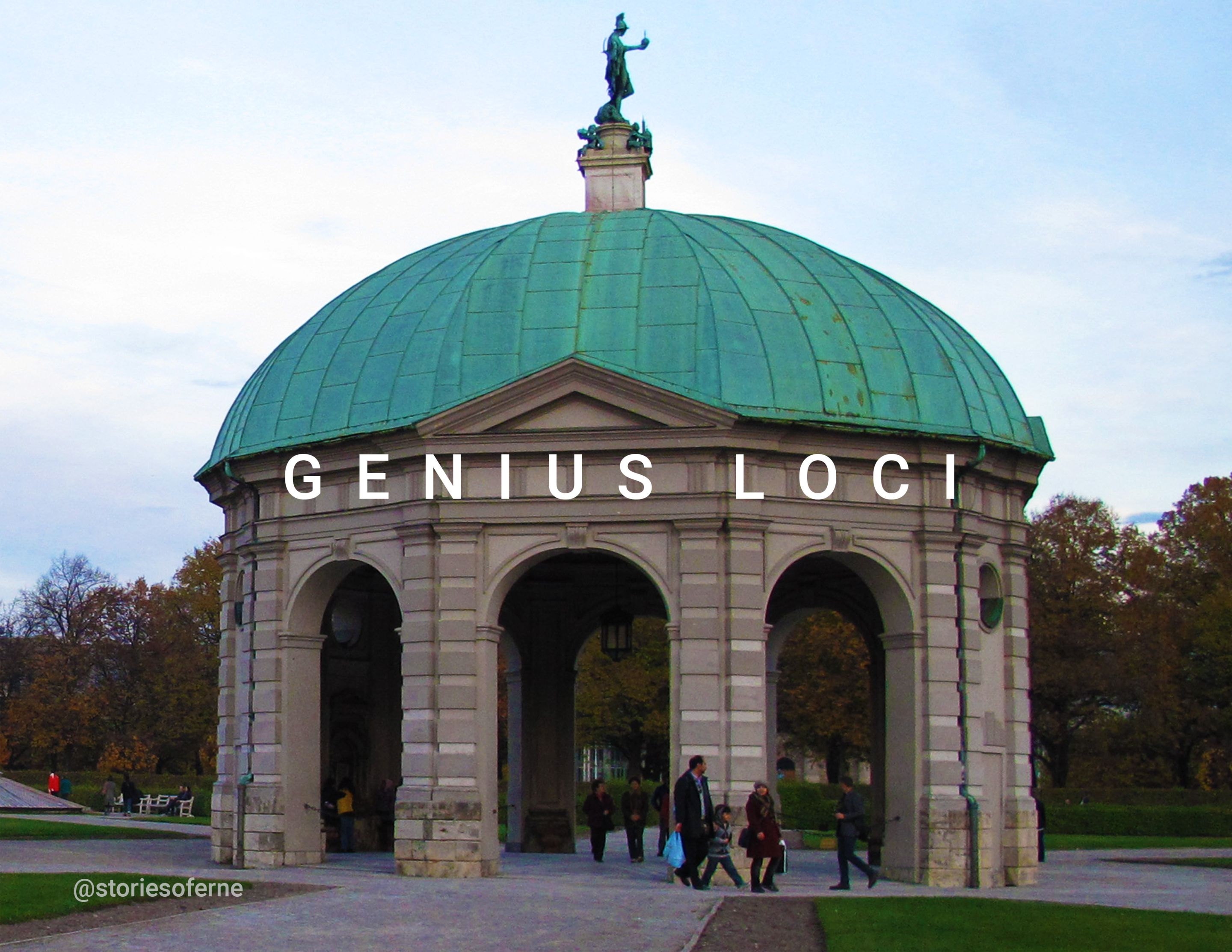 | Genius Loci in Architecture |
| Cover | Title |
|---|---|
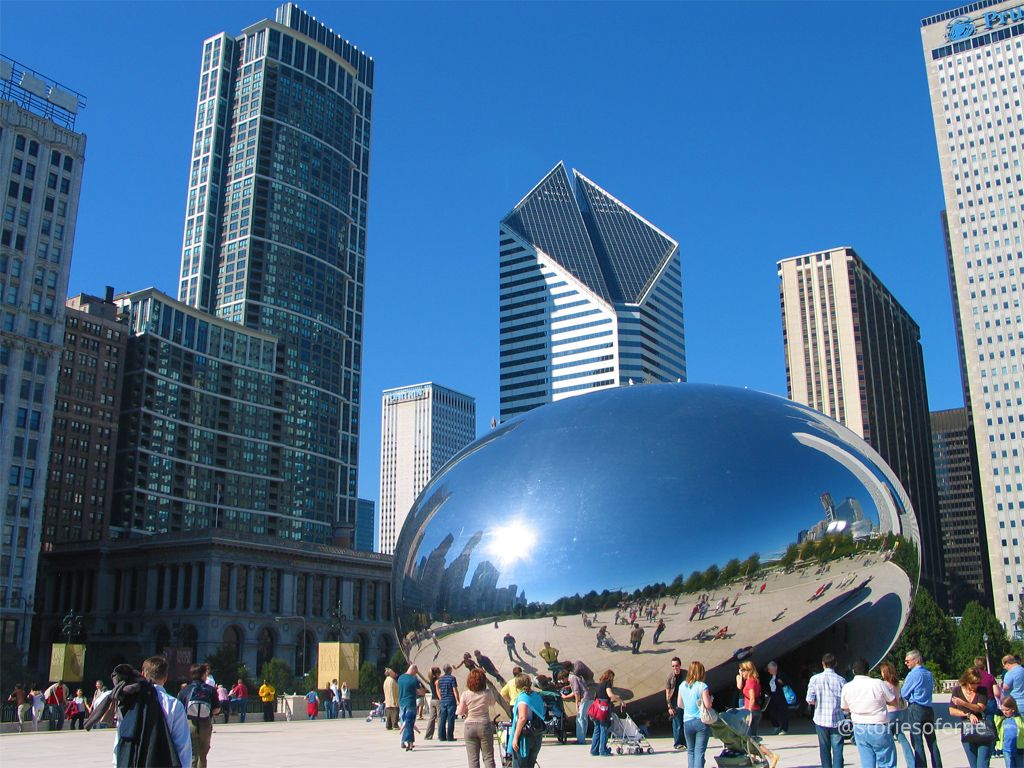 | The Human Experiences of Architecture |
It's my fervent hope that this valuable series of blog posts (touching on our human experiences with the built world) would consciously change the way you look at architecture. Moreover, it's also my burning desire for these publications to provide you with some advantageous insights plus informational tips in improving your life within constructed spaces and in transforming your immediate surroundings into a much better place. Does that make sense?
Closing the Relationship Gap Between Buildings and People
We have a huge dilemma.
Whether you like it or not, we're all surrounded by our physical world. And unless we're intentionally isolated from society, the built environment is almost everywhere. Here's the kicker - most of us are not even mindful of it. Could it be due to our busy lifestyles that we don't even take the time to pause and appreciate our surroundings? That could be an immense probability.
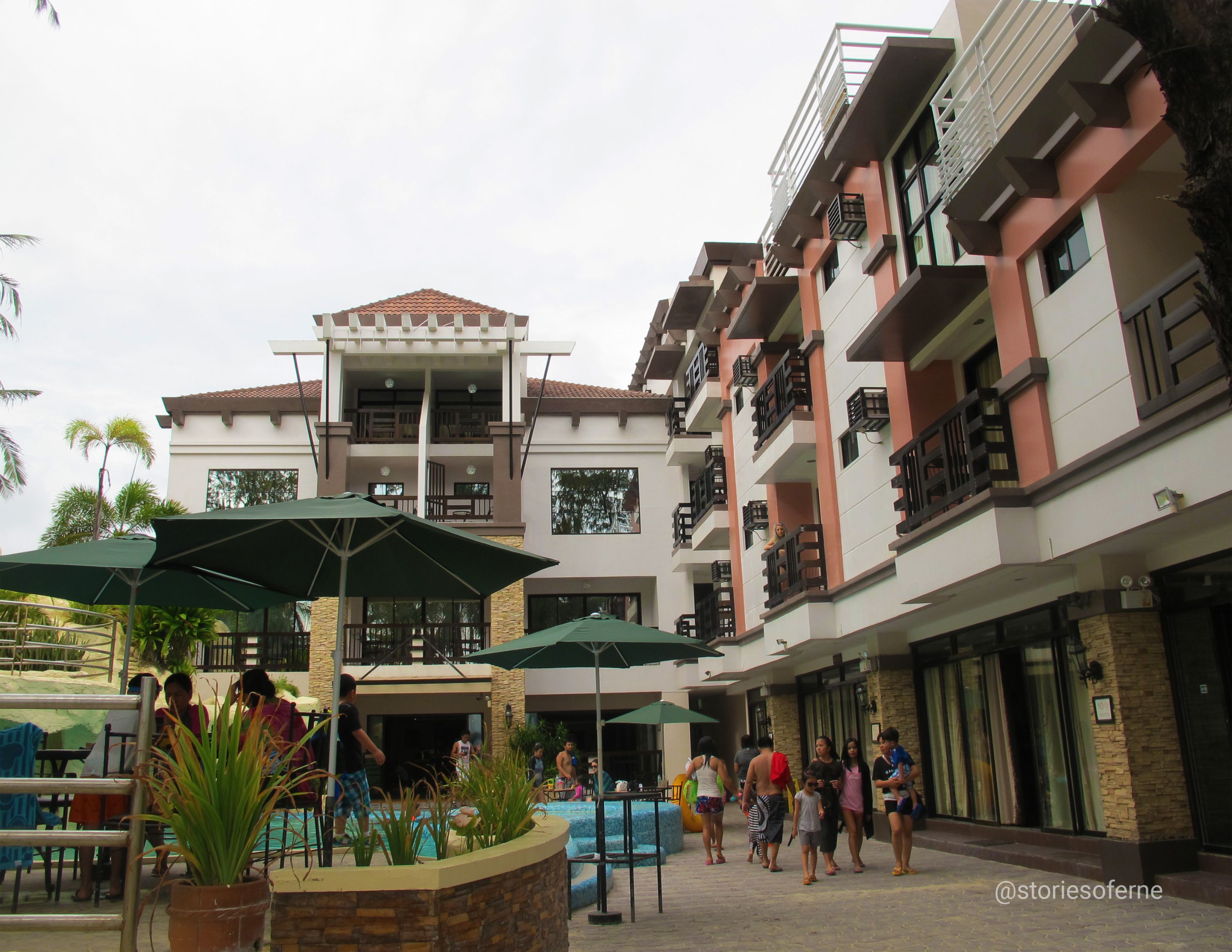
Most importantly, several studies have presented solid evidence that an effective process for gaining authentic happiness in life is by spending your hard-earned money on beneficial experiences. Wouldn't that be an absolute return on your precious investment? If so, what could be one of the most reliable methods of creating experiences that sustain our favorable emotions for the long term?
You're right, it's architecture!
Because we are emotional beings by nature, our built environments can either make or break our moods, change the atmosphere of the spaces we occupy, and directly affect the various impressions we produce during these encounters. Therefore, would you agree that architecture definitely plays a critical role in our day-to-day feelings? Let's move forward with specific real-world applications - starting with the experience of a warm welcome.
Experiencing Hospitable Architecture
"I had this secret crush on my colleague the day we started working together. Yet I've been struggling to initiate a conversation with him because he seemed to be aloof and didn't have an inviting demeanor. He was simply the complete opposite of what I've imagined him to be." A friend of mine told me her story.
Unless you're desperate, are you still willing to go on a romantic date with that guy if you were my friend? Of course not.
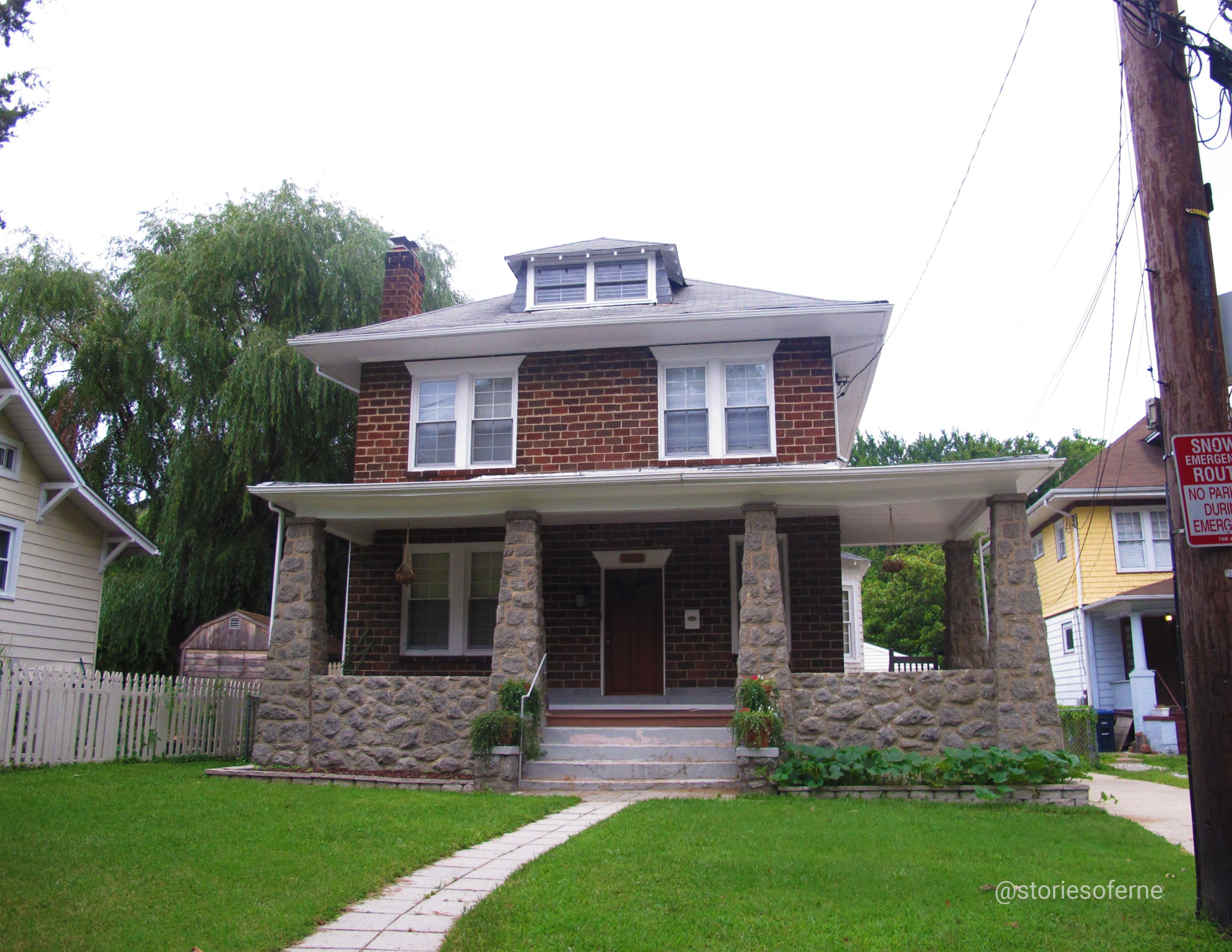
When seeing someone you admire for the first time, initial impressions always last. And similar to the usual person-to-person conversation, we likewise socially interact with our physical environment. Buildings, like people, also portray positive or negative appearances.
However, before we dig deeper into the finer details, we need to become familiar with the emotional signs of a welcoming atmosphere. As obvious as it may seem, here are some clear as well as nonverbal indicators that the built environment has successfully created the experience of a warm welcome on the individuals influenced by their presence.
INSTANCE OF ATTRACTION
The pupils of your eyes are highly dilated with raised eyebrows while being visually fixated (with prolonged eye contact) at the building and maintaining an open body posture indicating physical openness, transparency, and acceptance.HAPPY SENSATION
Your face is filled with smiles (not grins but curling of cheeks) with related positive-looking gestures and expressions like non-blinking eyes, easy breathing, and a blushing complexion. There's an energetic and vibrant mood within you showing readiness for further action.FEELING OF ENTHUSIASM
Your arms are away from your chest and they're at their normal position (at the sides) portraying honesty and willingness. Your body posture is confidently straight but not rigid and stiff while avoiding the slouching shoulders.EXCITED BODY LANGUAGE
The rubbing of hands is an obvious sign of this emotion. You also feel like having itchy feet in the sense that you become impatiently restless to feed your curiosity. Your standing position is stable with an animated face and gestures.IMPRESSION OF TRUST
Your hands are open with raised palms showing that you don't have anything to hide. Your face is also erect with chin upwards without the tendency of looking downwards. This is an evident depiction of sincere body language that avoids defensive behavior.
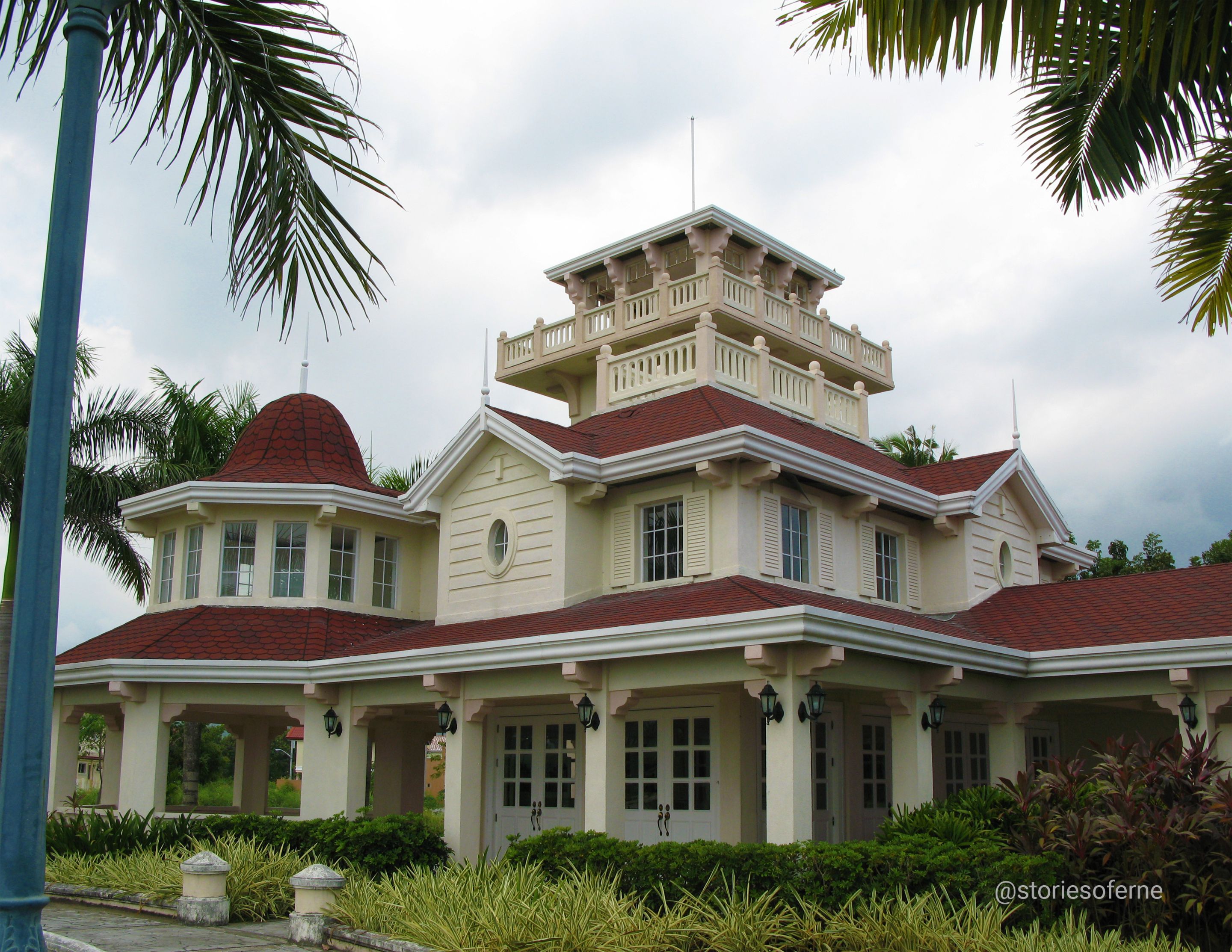
Do you know of other emotional triggers caused by a warm welcome that you feel should be part of my list? Go ahead and share your ideas in the comments.
Designing a Welcoming Impression of Warmth
Architects are well trained in space planning, appealing aesthetics, and the functional movements of users in an environment. They are specialists in creating that comfortable feeling for clients to come home to a place of warmth and hospitality. The exterior edifice of a residence or building has a lot to say when it comes to how the environment would look inside. It is, therefore, crucial to fabricate a facade that's welcoming and inviting to its guests. Here are some practical tips that would help you achieve just that.
1. BEGIN AT THE STREET (OR FOREGROUND). Picture yourself as a foreign visitor approaching your dwelling, building, or entry portal for the first time. What attracts you the most? Is the view appealing, frightening, or disgusting? Does the facade persuade you to come closer?
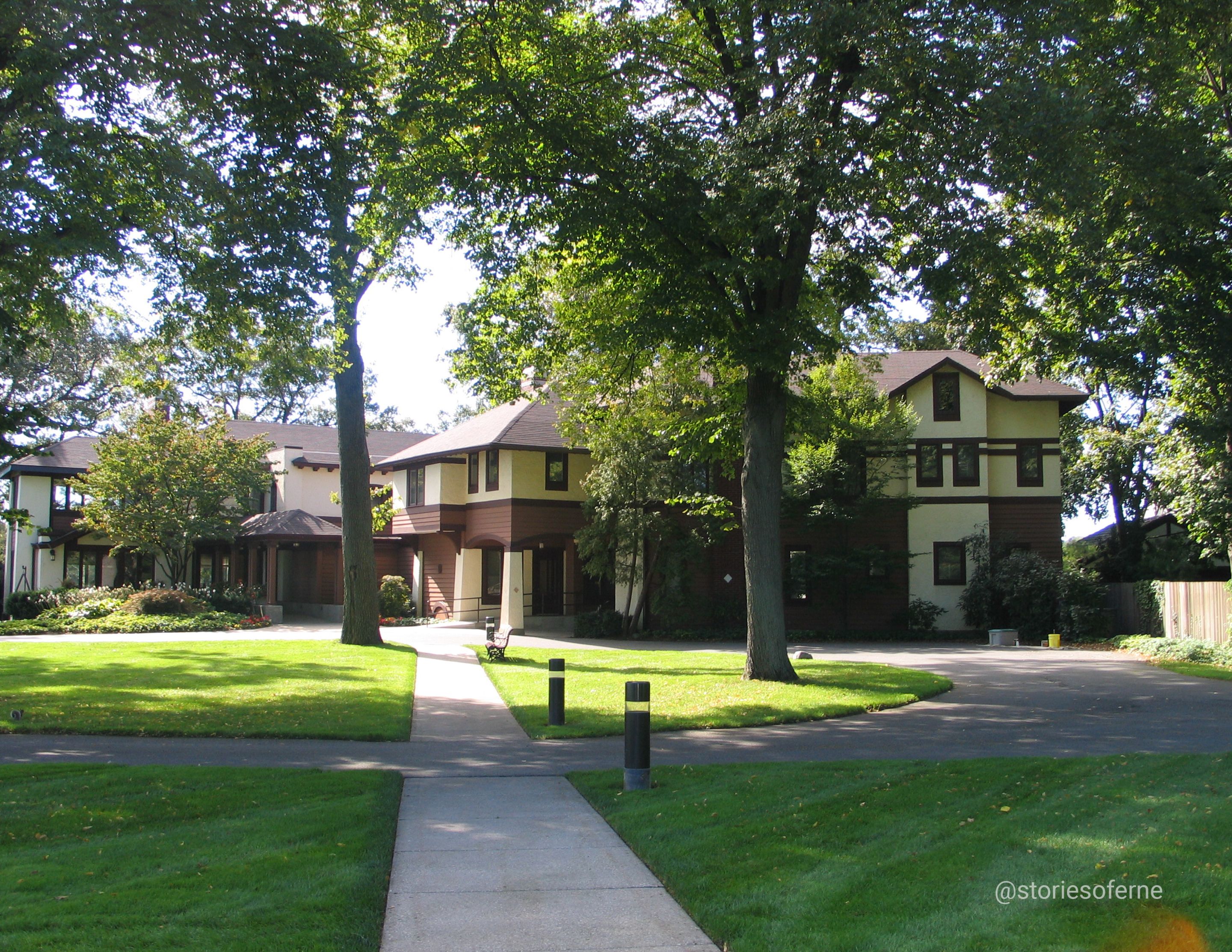
2. FOCUS ON THE ACTION OF GOING IN. How are the immediate surroundings? Is there a front porch, terrace, staircase, courtyard, garden, or pathway? All of these architectural elements possess different dimensions yet, their mission is to guide your guests towards the interior.
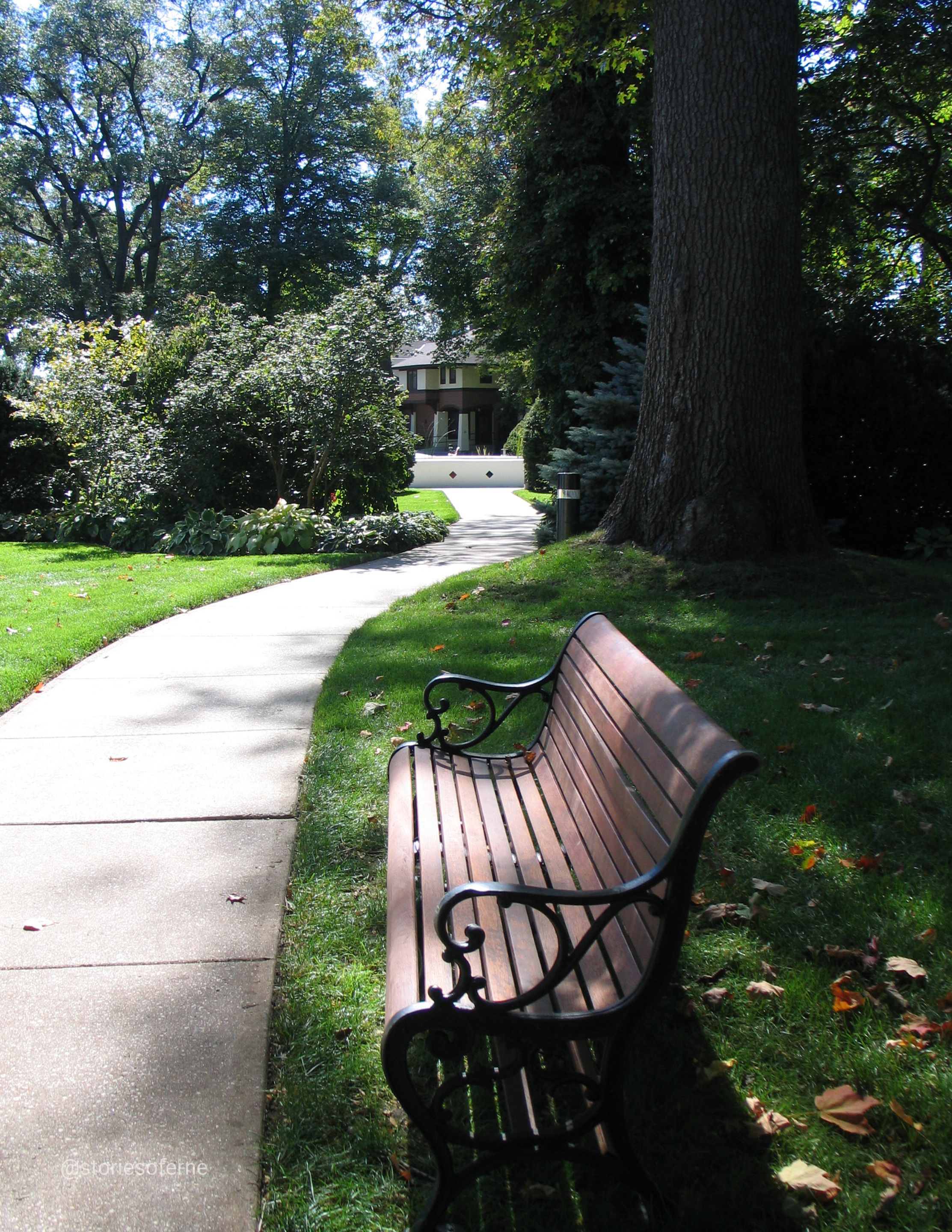
3. INSTALL ELEMENTS OF NATURE. Are there any natural landscaping features? Plants, trees, shrubs, ponds, streams, rocks, and other green features give your space a flourishing impression. Study Biophilic Design. You wouldn't want your entry area to appear like a dry and barren desert, would you?

4. DESIGN THE APPROPRIATE CEILING HEIGHT. If your space at the entry point sports a 2-level vertical distance, that would look overwhelming and make your guests feel intimidated. On the other hand, if your entrance is too small, they might have the inclination to be intruding on your privacy.
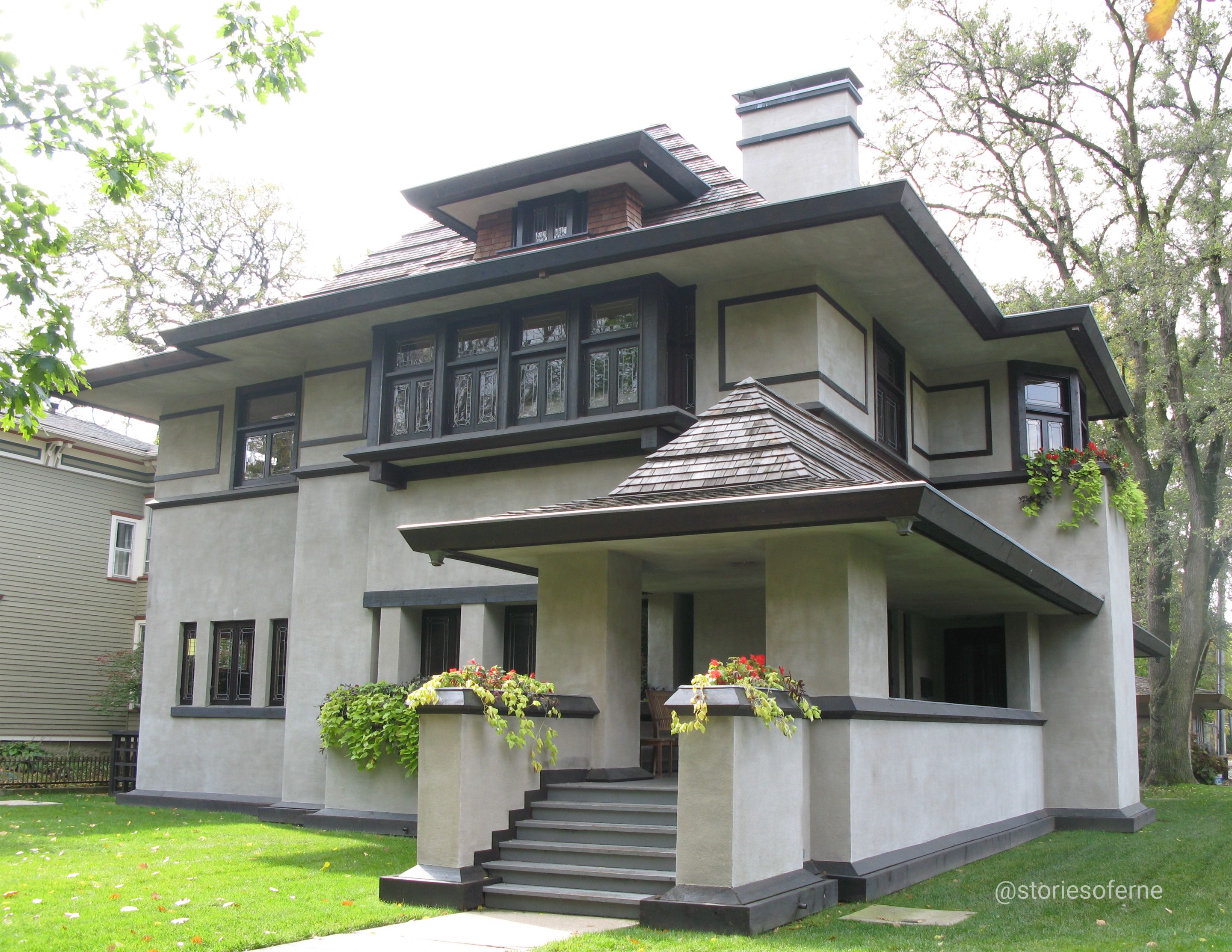
5. ESTABLISH A FRIENDLY ENTRANCE DOOR. If your house was a human face, the entry door would be its mouth. Smiling would be equivalent to owning a door that's presentable, clean, and attractive. More so, amenities like doormats, doorbells, and door handles add to its overall functionality.
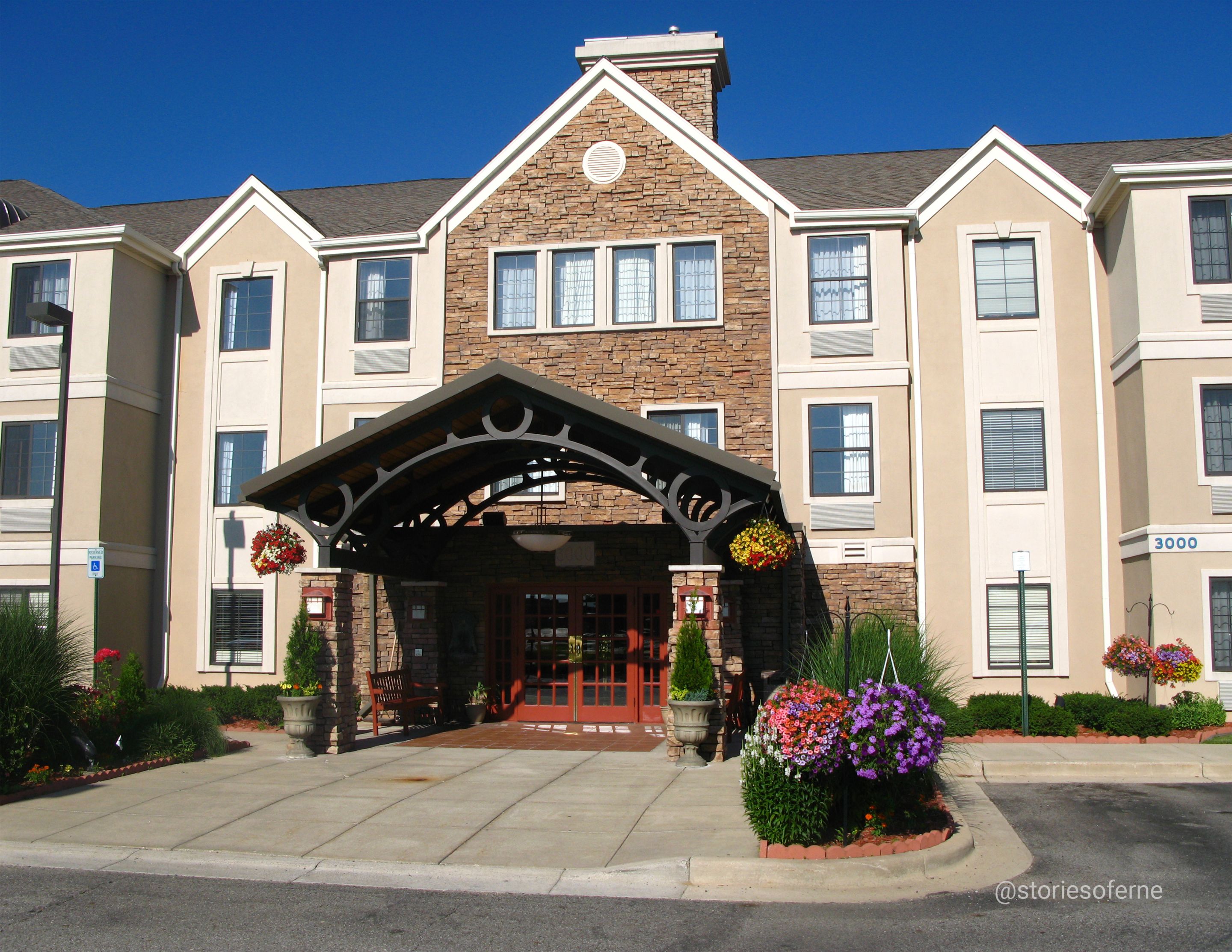
6. UTILIZE WARM MATERIALS AND FINISHES. Wood is a proven building material that emanates the feeling of hospitality. No wonder many homes, hotels, and accommodations use it. The psychological effects of colors like brown, orange, yellow, red, on finishes, radiate healing results on humans.
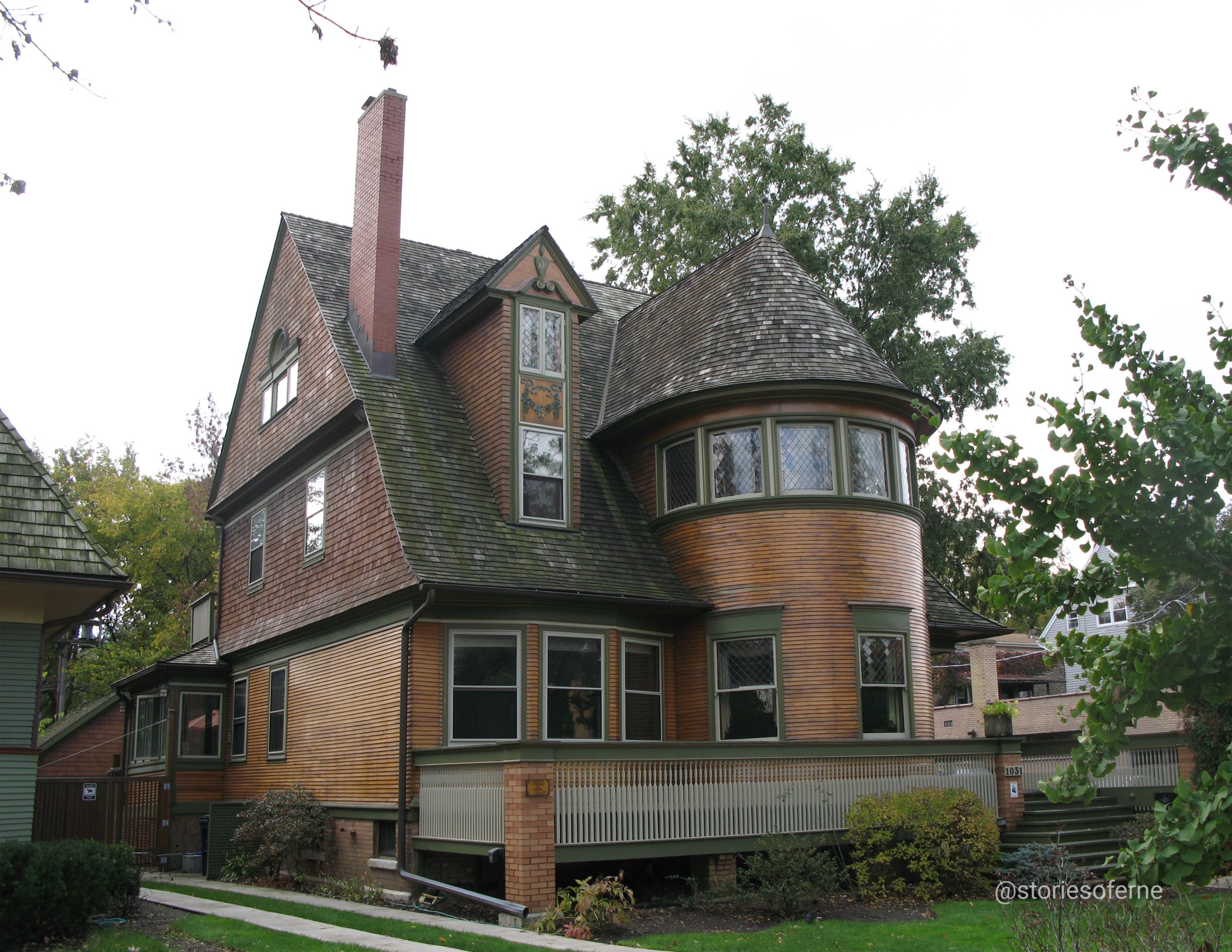
7. RELATE THE SURROUNDING DETAILS. It's crucial to consider the neighboring elements of your entrance. Do they support your central theme by depicting hospitable materials and finishes? Are there lighting fixtures, amenities, and technologies that add to the warm ambiance?
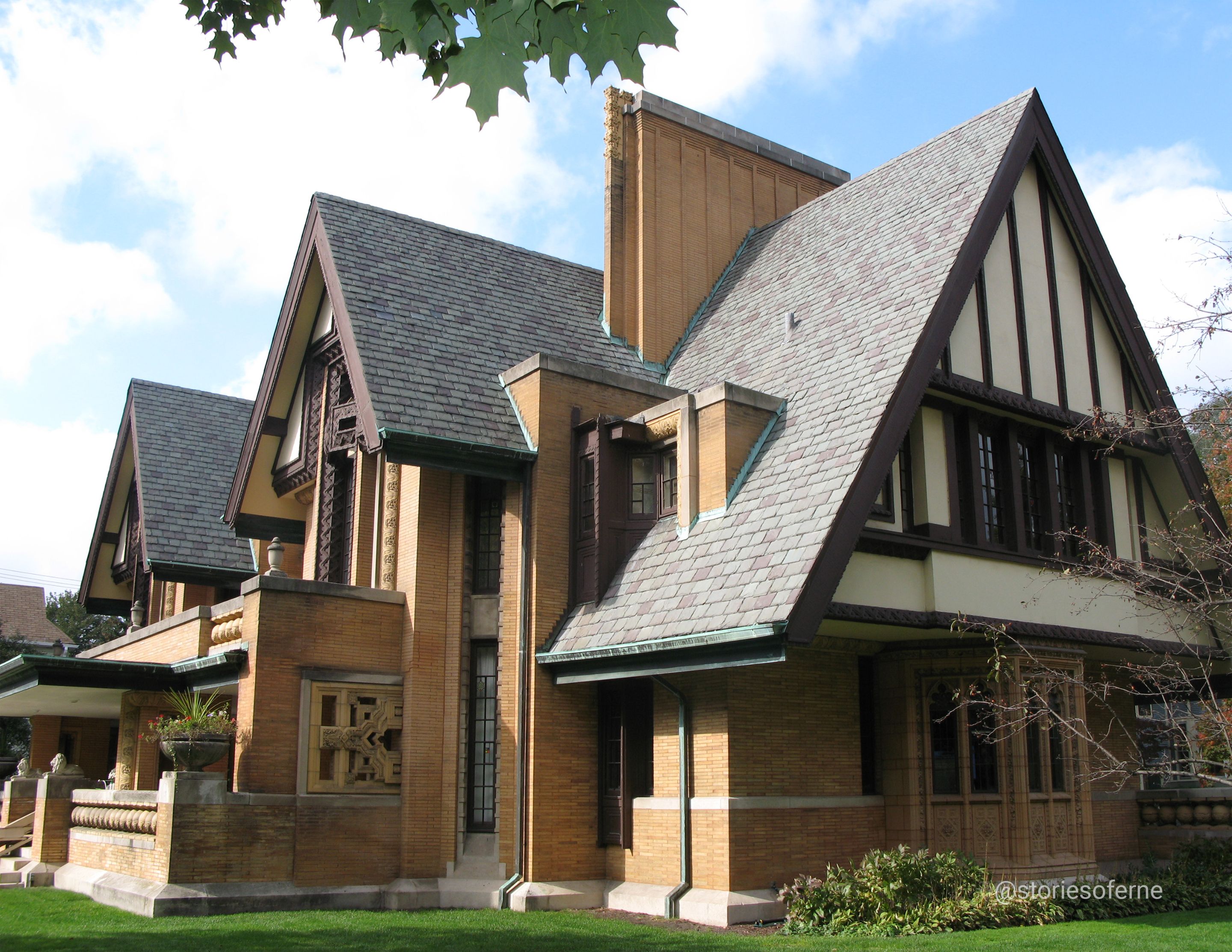
The front zone of your house or building defines the flavor for the rest of your premises. It sets the tone. View it as a delicious appetizer before people taste the main course, your interior space. In other words, think of it as a warm hug or welcoming embrace as you receive your visitors into your built environment.
Benefiting from a Receptive Space
Designing the facade of your residence or building doesn't mean ignoring the other essential aspects of its architecture. As much as the other zones also have equally significant functions, we've only just begun our journey in discovering what it takes to completely understand the human experiences resulting from the associations with our surroundings.

Now that we've identified the clever tricks to crafting an inviting exterior, we are well on the road towards achieving more consciously designed human experiences for our welfare. Isn't that how the profession of architecture should be in the first place?
Conclusion
As far as the experience of a warm welcome is concerned, have you learned something valuable today? With this life-changing knowledge, you can now proceed and practically improve the architectural facades of your homes, your buildings, your workplaces, your habitable spaces, and even your own front doors.
Stay tuned for future posts covering this interesting series. I look forward to your awesome contribution, engagement, and interaction within our Architecture+Design Community. Each one of us truly deserves a pat on the back for reaching this far as a powerful tribe with our passionate authors of architecture and design. My heartfelt gratitude for your continuous patronage. Take care, everyone!
#Hive, does this post resonate with you? What other vital experiences for architecture would you like me to discuss? Let me know your thoughts in the comments.
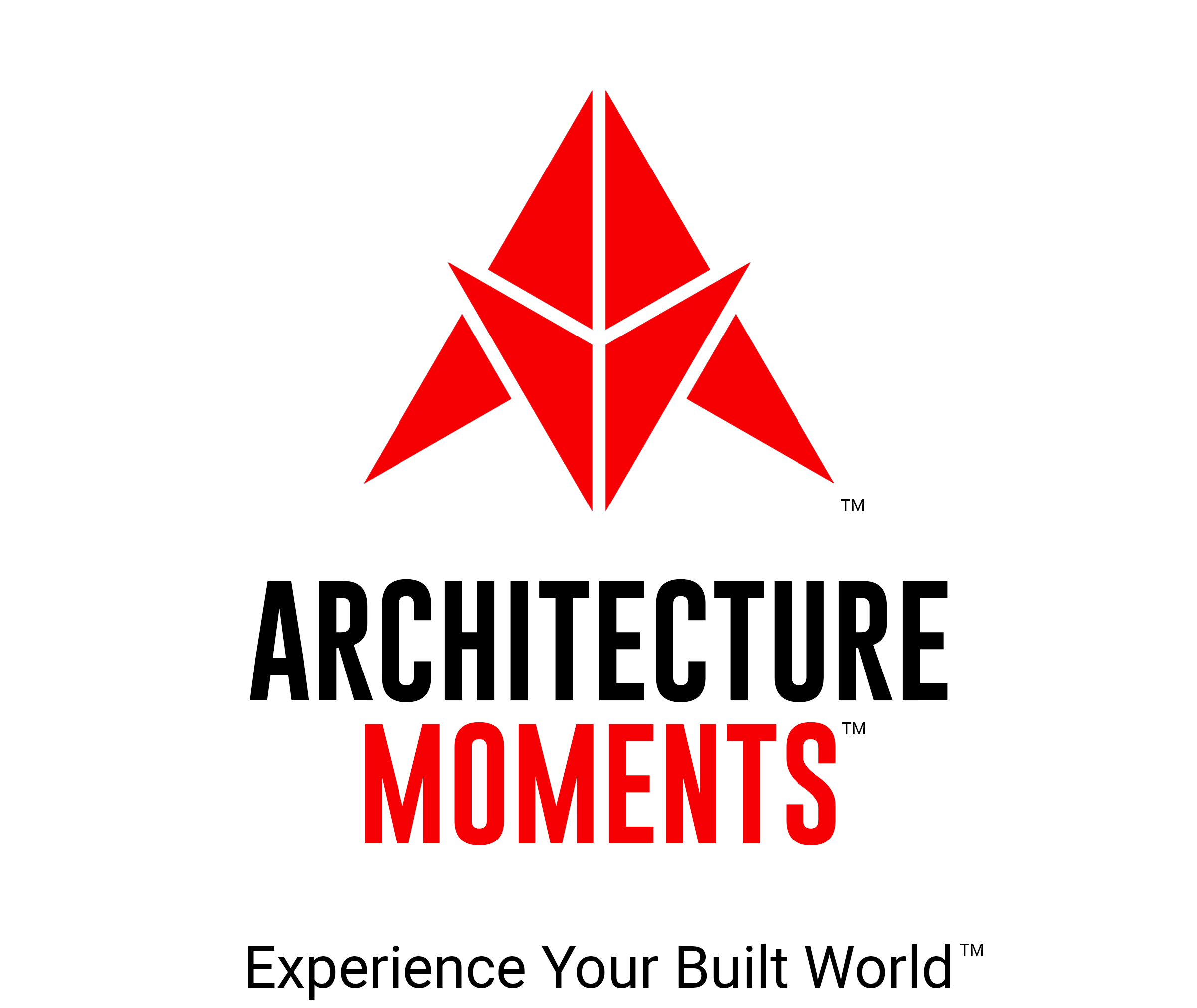

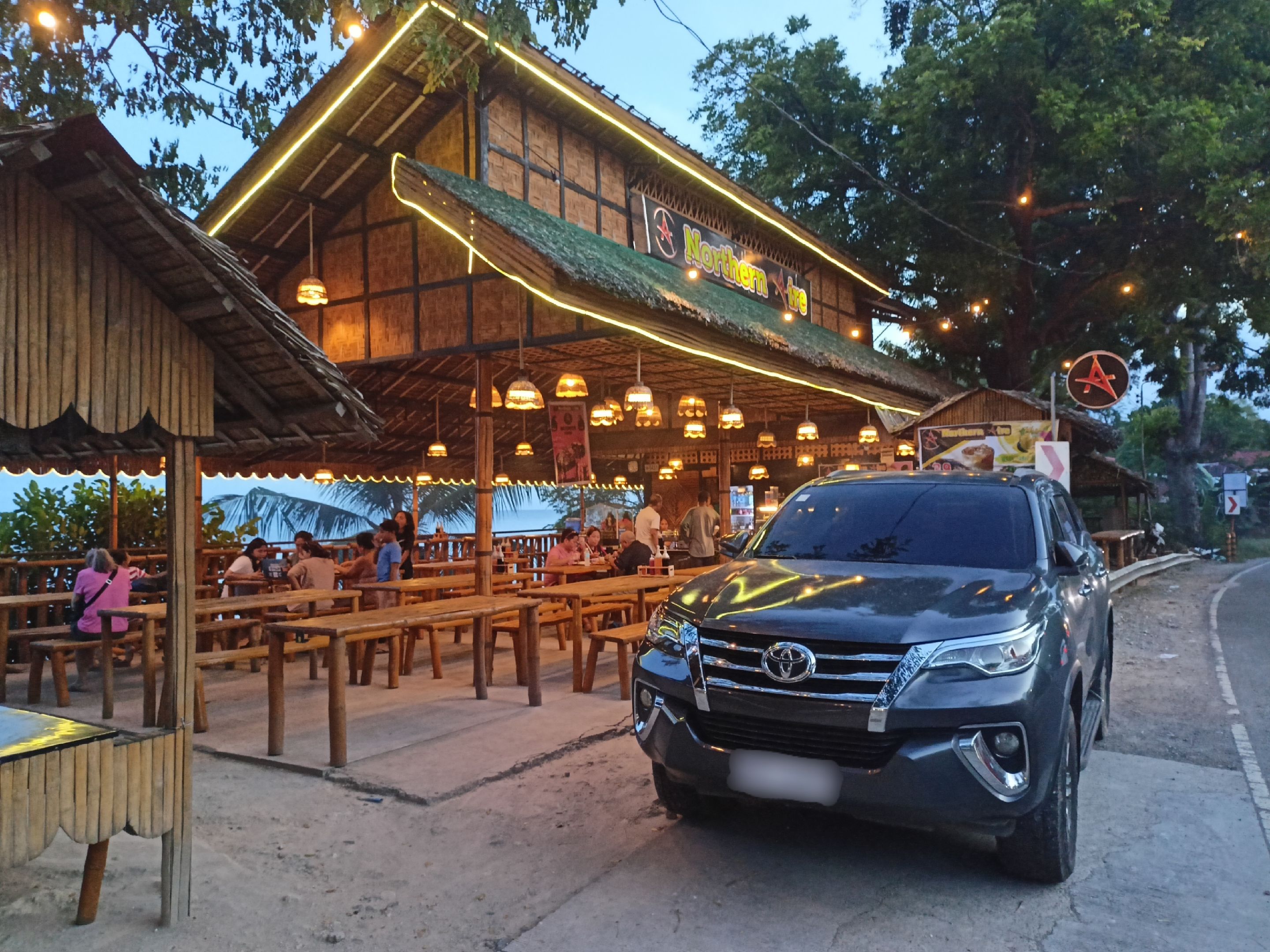





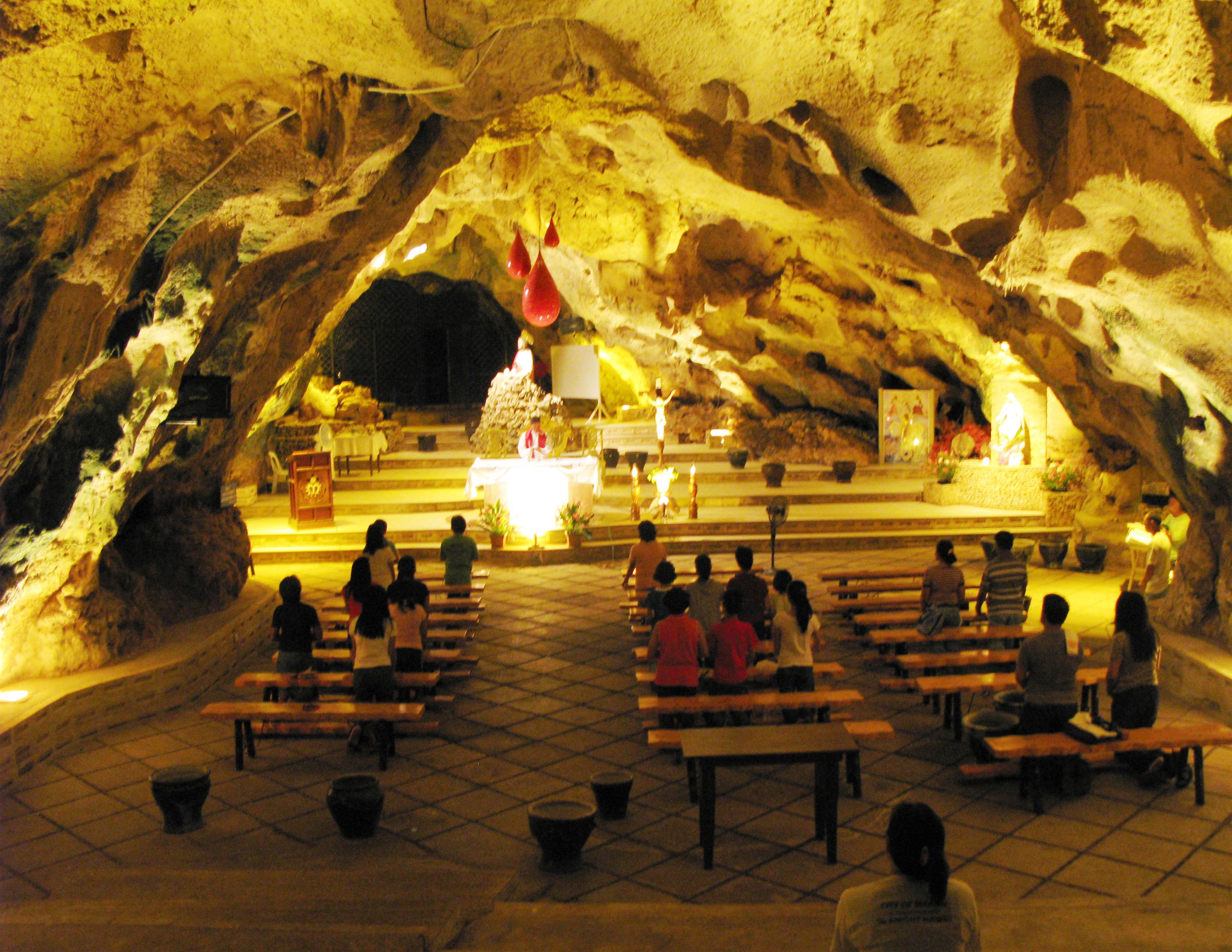

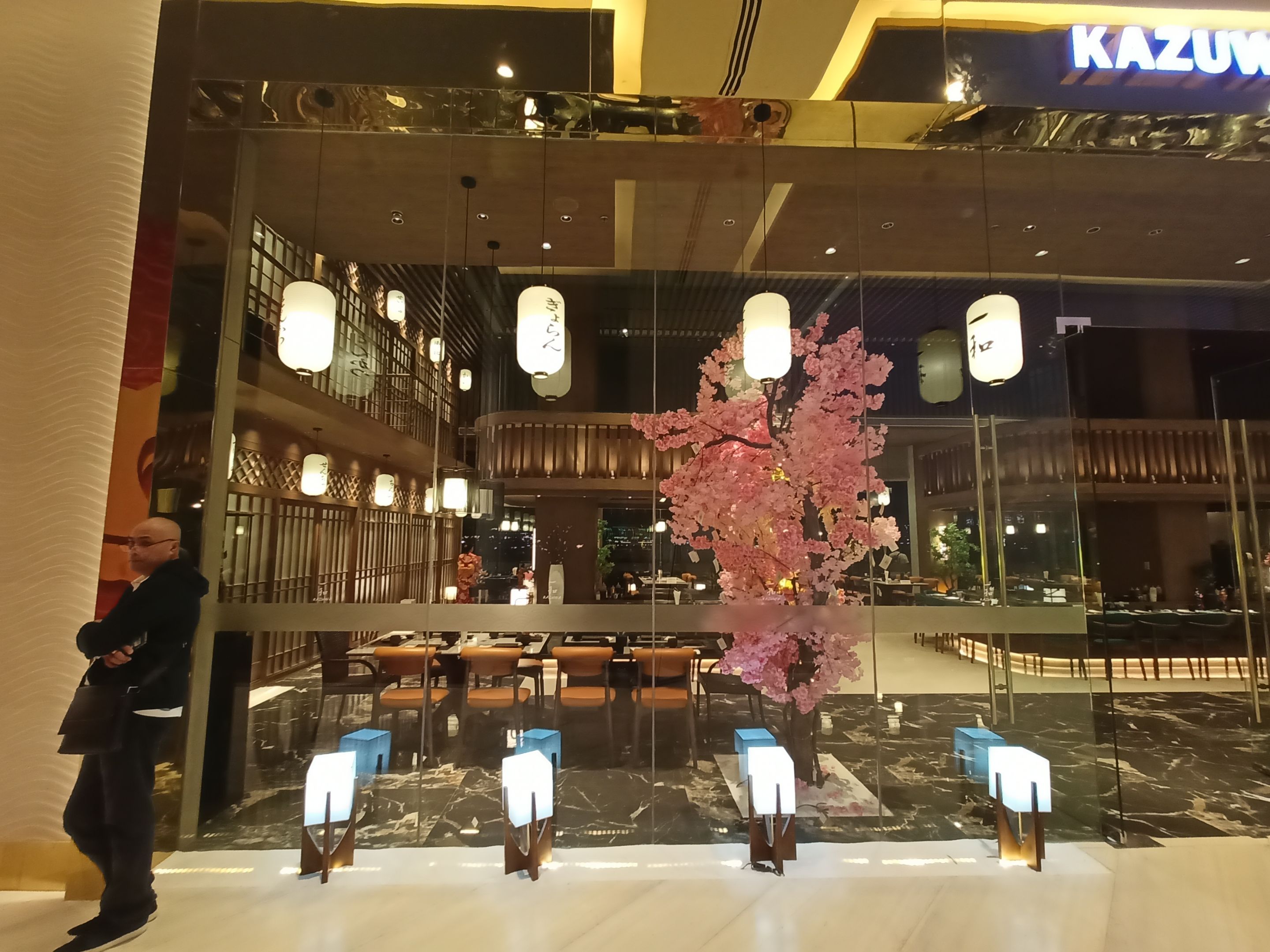
Comments